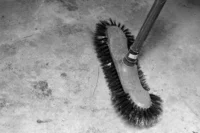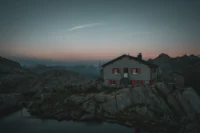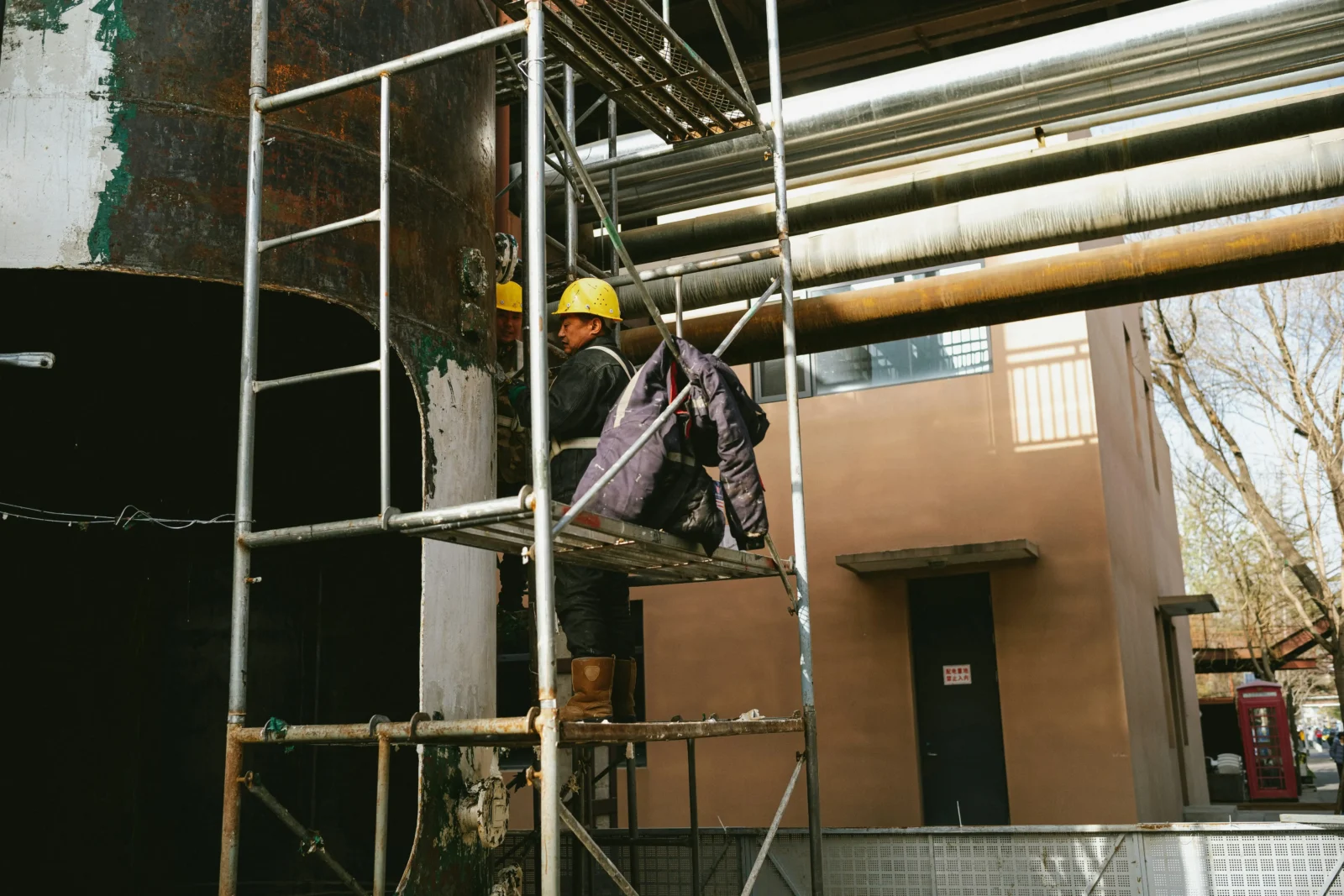- Home
- Articles
- Architectural Portfolio
- Architectral Presentation
- Inspirational Stories
- Architecture News
- Visualization
- BIM Industry
- Facade Design
- Parametric Design
- Career
- Landscape Architecture
- Construction
- Artificial Intelligence
- Sketching
- Design Softwares
- Diagrams
- Writing
- Architectural Tips
- Sustainability
- Courses
- Concept
- Technology
- History & Heritage
- Future of Architecture
- Guides & How-To
- Art & Culture
- Projects
- Interior Design
- Competitions
- Jobs
- Store
- Tools
- More
- Home
- Articles
- Architectural Portfolio
- Architectral Presentation
- Inspirational Stories
- Architecture News
- Visualization
- BIM Industry
- Facade Design
- Parametric Design
- Career
- Landscape Architecture
- Construction
- Artificial Intelligence
- Sketching
- Design Softwares
- Diagrams
- Writing
- Architectural Tips
- Sustainability
- Courses
- Concept
- Technology
- History & Heritage
- Future of Architecture
- Guides & How-To
- Art & Culture
- Projects
- Interior Design
- Competitions
- Jobs
- Store
- Tools
- More
The Rise of 3D Construction: Methods, Benefits, and Future Prospects

In the rapidly evolving world of construction, 3D construction technology emerges as a beacon of innovation, redefining traditional methodologies and setting new benchmarks for efficiency, sustainability, and creativity. This article delves into the intricacies of 3D construction, exploring its methods, the myriad benefits it offers, and the bright prospects it holds for the future of the construction industry.
Table of Contents
ToggleWhat is 3D Construction?
3D construction, or 3D printing in construction, refers to the process of creating three-dimensional buildings or building components using additive manufacturing techniques. This technology employs specialized 3D printers that layer materials such as concrete, plastic, or metal to construct buildings from the ground up or produce individual components that can be assembled on-site.

Methods of 3D Construction
The methods of 3D construction vary based on the technology and materials used. The most common approach involves extrusion, where the material is pushed through a nozzle to create layers that form the structure. This method can use a variety of materials, including concrete, which is favored for its strength and durability. Another method involves powder bonding, where a layer of powder material is selectively bonded using a binding agent, allowing for complex geometries and designs.
Benefits of 3D Construction
Efficiency and Speed
One of the most significant advantages of 3D construction is the dramatic reduction in construction time. Buildings that would typically take months to erect can be completed in a fraction of the time. This speed is due to the automation of the construction process, where a printer can work continuously without the need for breaks, significantly accelerating project timelines.
Cost-Effectiveness
3D construction can also lead to substantial cost savings. The precision of 3D printers minimizes waste by using the exact amount of material required for the structure, unlike traditional construction methods that often result in excess. Additionally, the reduced need for labor can significantly cut down on costs, making projects more financially viable.

Sustainability
Sustainability is another cornerstone of 3D construction. The ability to use eco-friendly materials, such as recycled plastics or sustainable concrete mixes, lessens the environmental impact. Moreover, the reduction in material waste and the efficiency of the building process contribute to a greener construction methodology.
Customization and Creativity
The versatility of 3D printing in construction unlocks unparalleled opportunities for customization and creative design. Architects and designers are no longer constrained by the limitations of traditional building methods, allowing for innovative structures that can be tailored to specific environmental or aesthetic requirements.

Future Prospects
The future of 3D construction is incredibly promising, with ongoing advancements in technology paving the way for more complex and larger-scale projects. The potential for constructing buildings in challenging environments, such as disaster zones or even other planets, becomes more feasible with 3D construction technology. Furthermore, as materials technology advances, the possibilities for even more sustainable and efficient construction methods will continue to expand.
Additionally, the integration of digital technologies, such as Building Information Modeling (BIM) and artificial intelligence (AI), with 3D construction, will further enhance precision, efficiency, and customization. These integrations promise a future where buildings are not only constructed faster and at a lower cost but are also smarter, more sustainable, and perfectly adapted to their intended use.

The rise of 3D construction represents a paradigm shift in the building industry. With its myriad benefits, including efficiency, sustainability, and customization, this innovative approach is set to revolutionize how we construct buildings. As technology continues to evolve, the future of 3D construction holds limitless possibilities, promising to reshape our built environment in ways we have yet to imagine. The journey of 3D construction is just beginning, and its impact on the industry and the world will undoubtedly be profound and enduring.
Submit your architectural projects
Follow these steps for submission your project. Submission FormLatest Posts
Specialised Construction Services: From Foundations to Site Clearance
The construction industry encompasses far more than building walls and laying bricks....
What Makes Certain Construction Accident Cases “High Value”
Construction accidents can cause injuries from minor sprains to serious, life-changing damage....
Construction Projects Key Skills for Effective Management
Construction projects key skills for effective management: a practical guide to scope...
Key Features to Look for When Investing in Construction AI Cameras
Continuous monitoring is crucial on construction sites for effective accident prevention. Artificial...












Leave a comment